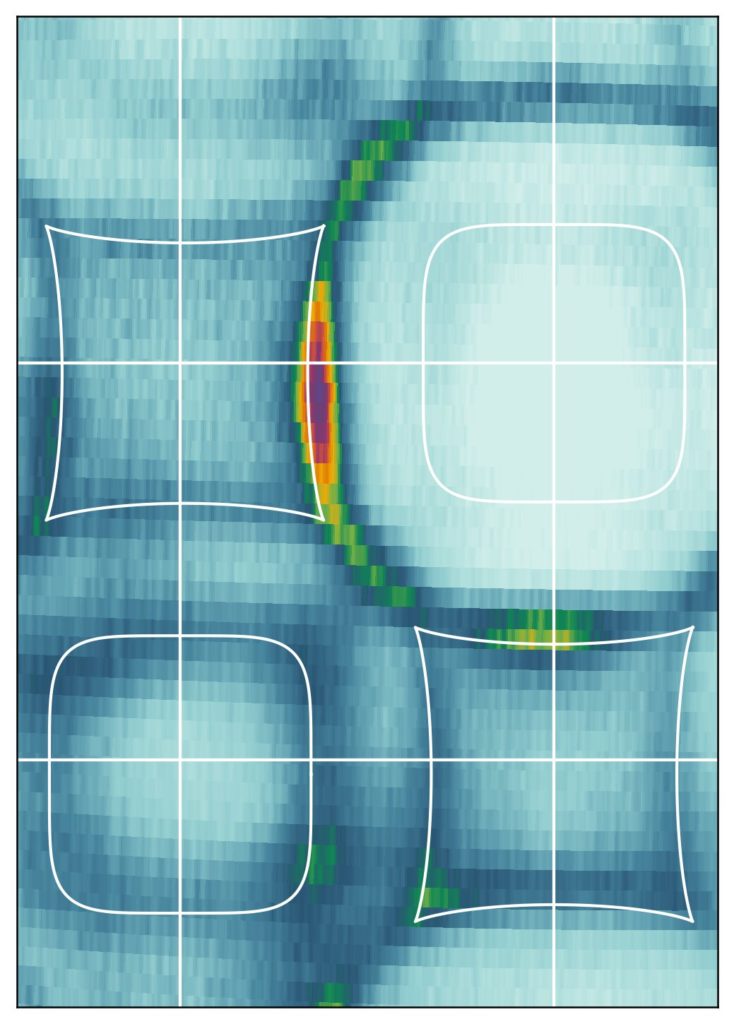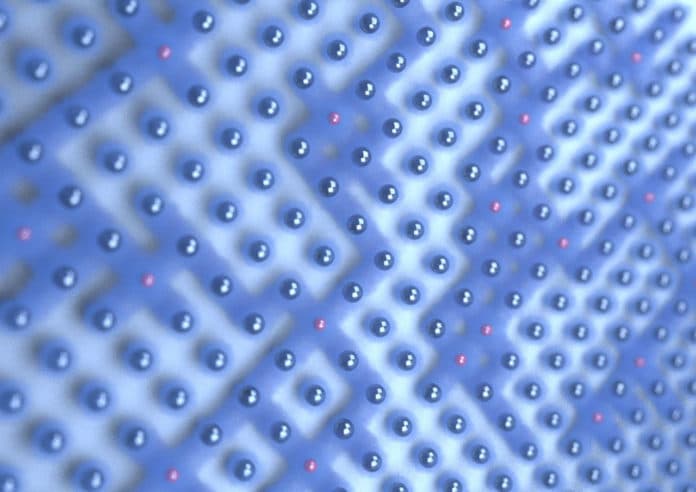Scientists from the University of British Columbia have recently demonstrated a whole new way to precisely control electrical currents by leveraging the interaction between an electron’s spin, and it’s orbital rotation around the nucleus. They have discovered a new way to switch the electrical conduction in materials from on to off.
The study offers a detailed comprehension of how electrical conduction works. Furthermore, it will help in exploring known properties such as conductivity, magnetism, and superconductivity, and discover new ones that could be important for quantum computing, data storage, and energy applications.
Extensively, all materials can be sorted as metals or insulators, contingent upon the capacity of electrons to travel through the content and conduct electricity.

However, all insulators are different. In simple materials, the difference between metallic and insulating behavior stems from the number of electrons present: an odd number for metals, and an even number for insulators.
On the other hand, in Mott insulators, electrons interactions occur differently with a delicate balance determining their electrical conduction. The electrostatic repulsion in the Mott insulator prevents the electrons from getting too close to one another, which creates a traffic jam and limits the free flow of electrons.
Until now, there were two known ways to free up the traffic jam: by reducing the strength of the repulsive interaction between electrons, or by changing the number of electrons.
Scientists, in this study, explored the third possibility: was there a way to alter the very quantum nature of the material to enable a metal-insulator transition to occur?
They used a technique called angle-resolved photoemission spectroscopy to examine the Mott insulator Sr2IrO4, monitoring the number of electrons, their electrostatic repulsion, and finally, the interaction between the electron spin and its orbital rotation.
Lead author Berend Zwartsenberg, a Ph.D. student at UBC’s Stewart Blusson Quantum Matter Institute (SBQMI) said, “We found that coupling the spin to the orbital angular momentum slows the electrons down to such an extent that they become sensitive to one another’s presence, solidifying the traffic jam. Reducing spin-orbit coupling, in turn, eases the traffic jam, and we were able to demonstrate a transition from an insulator to metal for the first time using this strategy.”
Co-author Andrea Damascelli, principal investigator and scientific director of SBQMI said, “This is an interesting result at the fundamental physics level, and expands the potential of modern electronics. If we can develop a microscopic understanding of these phases of quantum matter and their emergent electronic phenomena, we can exploit them by engineering quantum materials atom-by-atom for new electronic, magnetic, and sensing applications.”
The study is published in Nature Physics.
